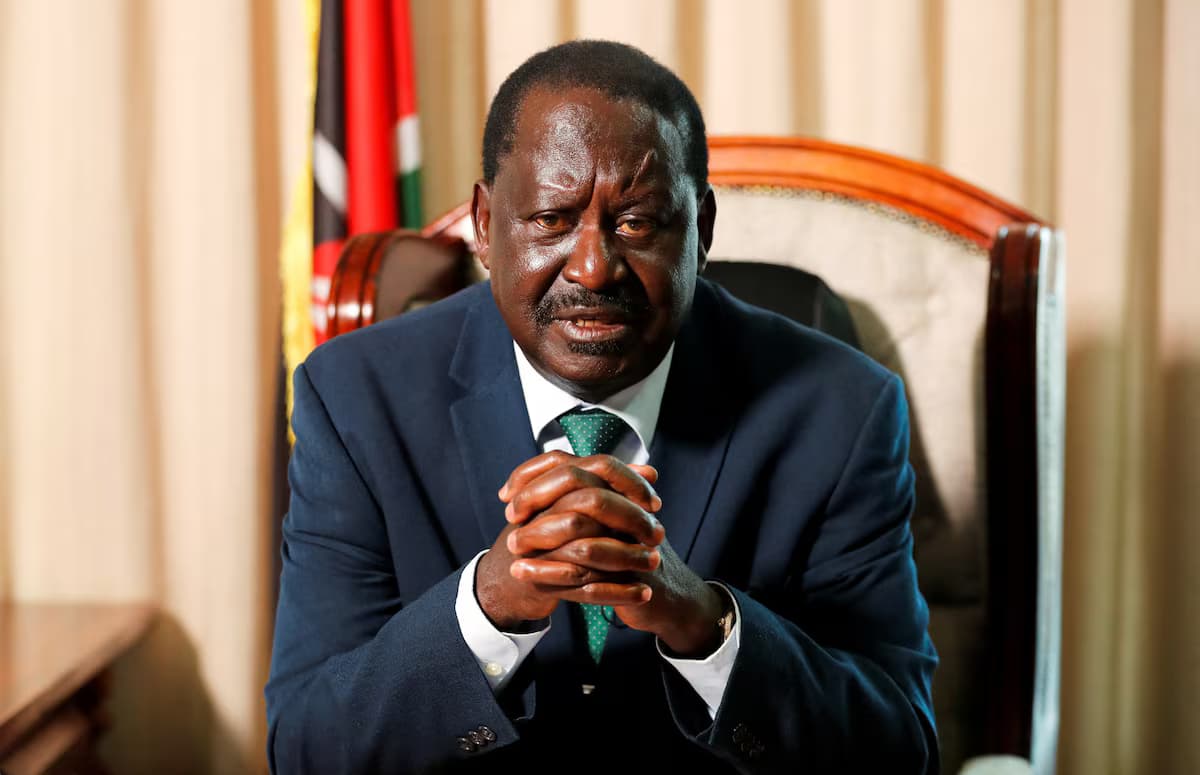We're loading the full news article for you. This includes the article content, images, author information, and related articles.
With Raila Odinga’s continental ambitions creating a significant power vacuum in Kenyan opposition politics, his key allies are now facing stark choices: align with the government, rally behind a new opposition leader, or risk political oblivion.

NAIROBI – For decades, Raila Odinga has been the central force around which Kenya's opposition politics has revolved. His five presidential campaigns and leadership of the Orange Democratic Movement (ODM) created a formidable political machine, elevating numerous allies into powerful positions. However, his formal bid for the chairpersonship of the African Union (AU) Commission, announced in February 2024, has triggered a seismic shift in the nation's political landscape, effectively leaving his long-time loyalists in a state of political uncertainty. This move, which necessitates a toning down of local political activity and a working relationship with President William Ruto, has created a leadership vacuum within the opposition Azimio la Umoja One Kenya Coalition, forcing his allies—often dubbed his 'political orphans'—to urgently recalibrate their strategies for survival ahead of the 2027 General Election.
The most immediate battleground is within Mr. Odinga's own ODM party. His absence has exposed deep-seated internal divisions and sparked a succession struggle. Without his unifying force, the party risks fracturing as different factions vie for dominance. Two distinct camps have emerged: one, comprising leaders now serving in President Ruto's 'broad-based government', advocates for continued cooperation, while another, led by figures like ODM Secretary-General Edwin Sifuna, insists the party must field its own presidential candidate in 2027.
Several senior figures are seen as potential successors to the party leadership, though analysts note that none currently command Mr. Odinga's national stature. Potential candidates include seasoned veterans like Kisumu Governor Anyang' Nyong'o, who briefly served as interim leader in 2024, and Siaya Governor James Orengo, both of whom have deep institutional memory of the party. Others in contention are National Assembly Minority Leader Opiyo Wandayi and ODM National Chairman John Mbadi, whose differing views on the party's direction have previously led to public clashes. The party's ability to navigate this transition and elect a unifying figure will be critical to its survival and performance in the upcoming elections.
Outside of ODM, Wiper Party leader Kalonzo Musyoka is positioning himself as the presumptive heir to lead the Azimio la Umoja coalition. As a co-principal in the alliance, Mr. Musyoka has begun to step up his political activities, particularly courting the vote-rich Mount Kenya region, in an effort to consolidate his position as the main opposition challenger to President Ruto. However, his leadership is not universally accepted within the coalition. Senior ODM figures like John Mbadi have publicly expressed skepticism, stating they cannot follow Mr. Musyoka without a clear and persuasive direction. The future of the Azimio coalition itself is in doubt, with at least five member parties having officially departed since the 2022 election, according to the Registrar of Political Parties. Whether Mr. Odinga's remaining allies will coalesce around Mr. Musyoka or seek other alternatives remains a pivotal question that will shape the opposition's strength in 2027.
For some of Mr. Odinga's closest allies, the path to political relevance appears to lead through cooperation with the Kenya Kwanza administration. President Ruto has strategically co-opted several ODM heavyweights into his government, appointing John Mbadi as Treasury Cabinet Secretary, Wycliffe Oparanya to Trade and Cooperatives, and Opiyo Wandayi to Energy and Petroleum. This move is widely seen as a strategy to neutralize the opposition and solidify President Ruto's support in former opposition strongholds. Leaders who have accepted these roles argue for a 'broad-based government' focused on development, with some, like CS Wandayi, openly urging figures like Kalonzo Musyoka to join them. This has created a deep ideological rift, with other ODM loyalists accusing their colleagues of sycophancy and undermining the party's core mission to capture power.
The dispersal of Mr. Odinga's political base presents a significant strategic advantage for President William Ruto. With the opposition in disarray, the President faces a less unified front as he prepares his re-election campaign. The infighting within ODM and the broader opposition could weaken their influence in key regions like Western, Coast, and Kisii, where Mr. Odinga historically enjoyed massive support. Political analysts suggest that President Ruto may need to recalibrate his 2027 strategy to capitalize on these realignments, potentially by absorbing factions of ODM into a new political vehicle. Ultimately, the choices made by Raila Odinga's 'political orphans' in the coming months will not only determine their own futures but will fundamentally reshape the contours of the 2027 presidential race and the future of Kenya's political opposition.
Keep the conversation in one place—threads here stay linked to the story and in the forums.
Other hot threads
E-sports and Gaming Community in Kenya
Active 6 months ago
Popular Recreational Activities Across Counties
Active 6 months ago
The Role of Technology in Modern Agriculture (AgriTech)
Active 6 months ago
Investing in Youth Sports Development Programs
Active 6 months ago